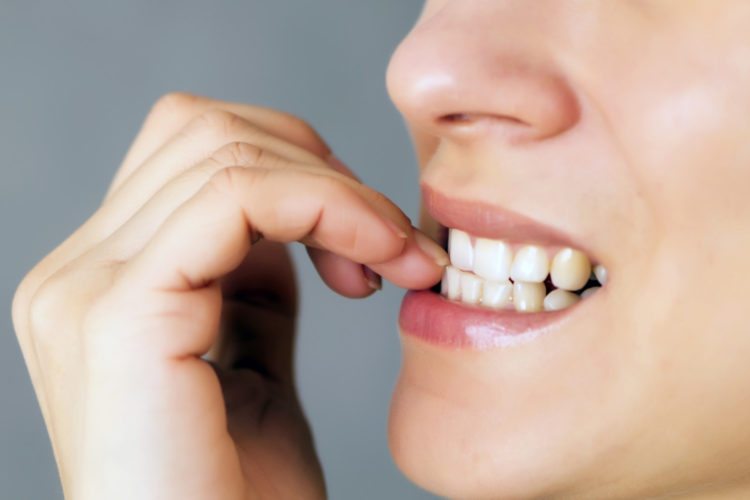Step 1
Talk with your child about her nail biting habit. See if there's an underlying issue that you can work with her to resolve. Sometimes children feel anxious due to the start of school, a change in family status, such as a new baby or impending divorce, or a big test. While most children may not make the link between these life changes and their habit, you may see the behavior diminish if you can identify what's making your child anxious and work together to minimize the cause of anxiety.
Step 2
Agree with your child that it's time for the habit to cease. Once it's annoying to your child, too, he's more able to commit to stop biting his nails. If your child won't agree, you can explain how unhealthy it can be to bite his nails. Tell him about all the germs lurking under his fingernails from all the things he touches throughout the day, and how when he bites his nails, those harmful germs go right into his mouth, according to Kids Health.
Step 3
Set up a contract that identifies that she should stop biting her nails. Identify in the contract what the reward is, whether it's a nightly check leading up to a special lunch together or if it's a monetary, daily reward. Fulfill your part of the contract once your child achieves what you've agreed to.
Step 4
Get your child a manicure. There's nothing more inspiring than well-groomed nails to start your child off on the right track. And ragged nails can actually annoy a child enough that he'll try to trim them with his teeth.
Step 5
Offer an alternative. Try a piece of sugarless gum or another alternative that your child can pop in her mouth if you notice that she's consistently self-soothing by chewing her nails.
Step 6
Consider a bitter taste. For some children, the reminder of placing their fingers in their mouths and having a bad taste can stop nail biting.
Step 7
Realize that it will pass for most children. Nail biting is one of the most common form of nervous behaviors, according to HealthyChildren.org. This behavior, usually developed between the ages of 3 and 6, can sometimes continue through middle childhood or longer.



 Contact Us
Contact Us






 Hospitals
Hospitals
 Doctors
Doctors
 Diagnostic
Diagnostic
 Pharmacy
Pharmacy
 Health Tips
Health Tips
 Blog
Blog

























Comments